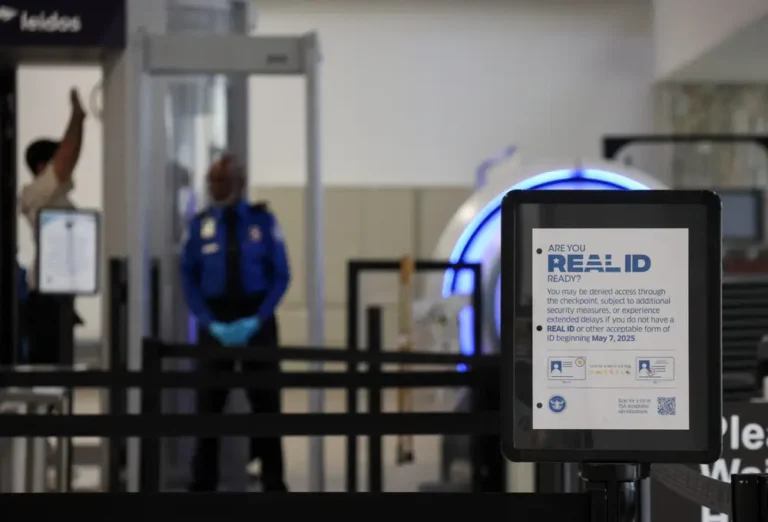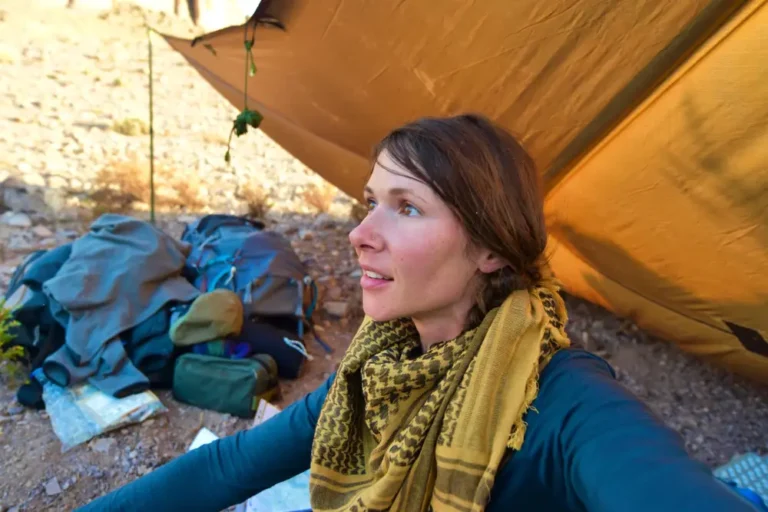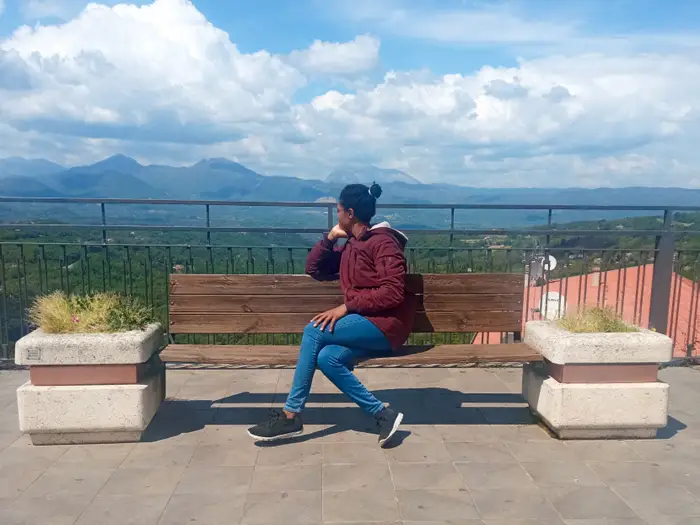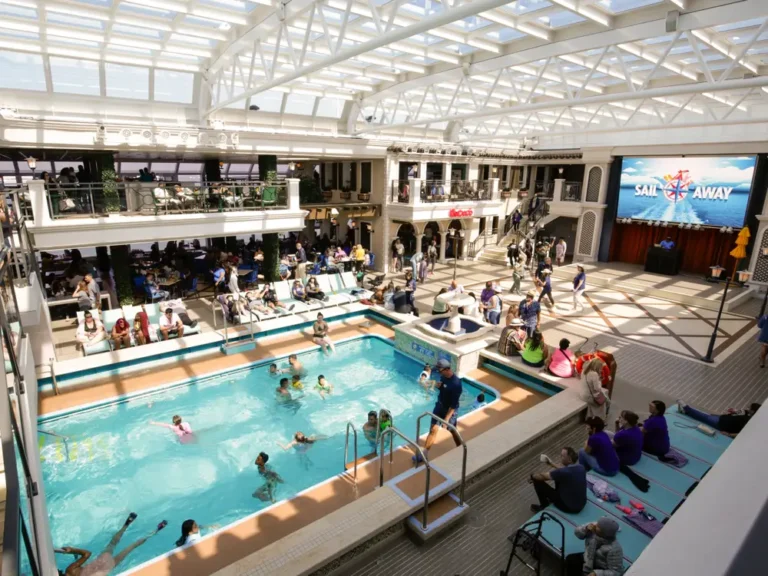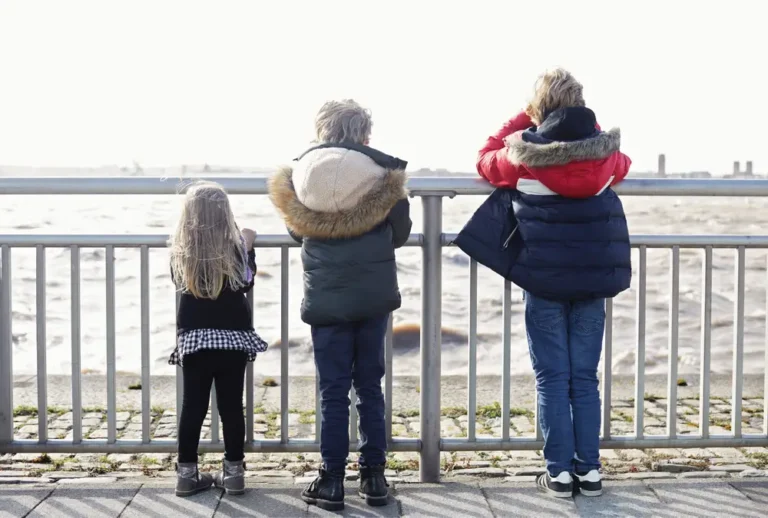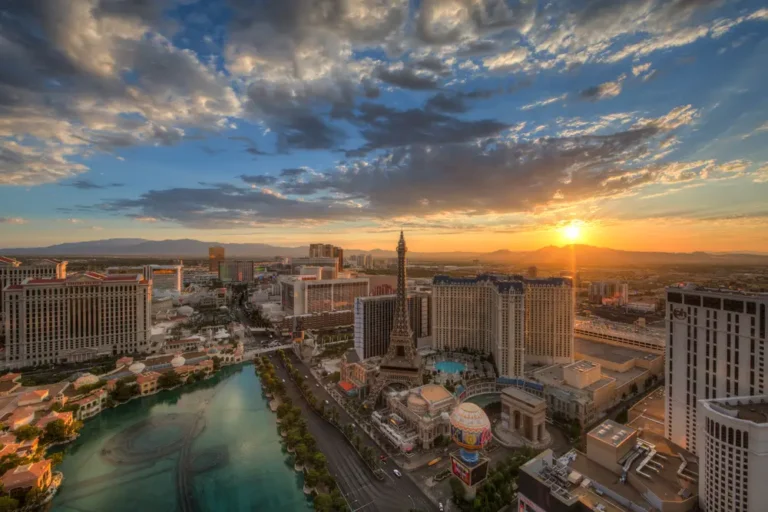I spent 10 days solo road-tripping through Utah and Arizona. It was gorgeous, but I wish I’d known a few things before I left.

I’ve always wanted to take a solo road trip, and I made it happen this summer.
This summer, I traveled from the UK to spend 10 days road-tripping around Utah and Arizona.
Driving abroad always gets my nerves going, so renting a car alone in the US was a big step for me.
The states are renowned for their beautiful hiking trails and stunning scenery, so it’s no surprise that they’re also home to some of the most popular national parks in the country. I visited four of Utah’s “Mighty Five” before detouring south to see the Grand Canyon and Monument Valley.
The experience was incredibly liberating, but there are some things I wish I’d known beforehand, especially since this was my first time driving in the US and embarking on a solo road trip.
After days of trial and error, here’s what I figured out.
People weren’t kidding about the lack of cell signal.
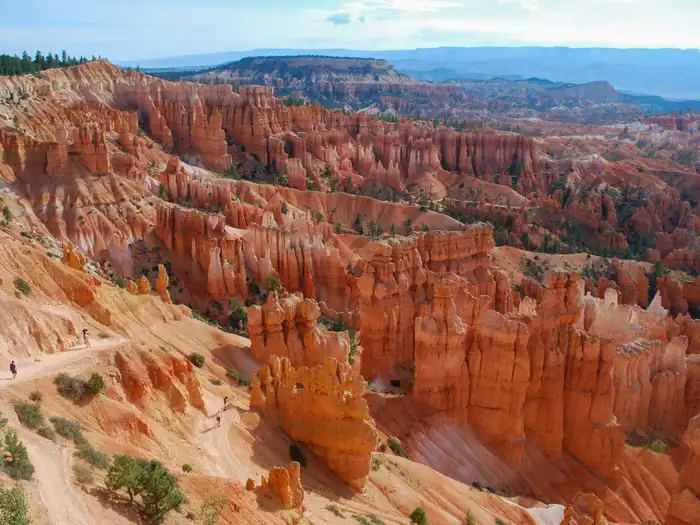
There were some remote stops during my road trip.
I expected patchy cell signal on trails and far-flung corners of the national parks, but it was often shaky on entire stretches of road.
The worst part was staying in the North Rim of Grand Canyon National Park. There was no WiFi at my accommodations, and I could only muster a bar of service while sitting on one specific rock.
I definitely wish I’d downloaded more maps and movies in advance and had been more diligent about warning my friends and family when I was likely about to become unreachable.
Having a car with four-wheel drive would’ve been ideal, but I made do.
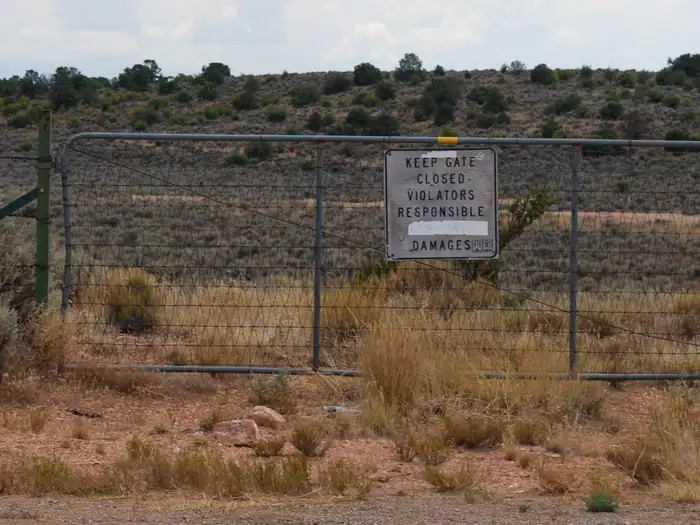
I couldn’t do much off-roading in my little rental car.
When weighing up rental cars, I decided against a vehicle with four-wheel drive simply because it cost more than one without it.
I already paid a young-driver surcharge, and I thought I’d just stick to major roads. Plus, it was summer, so I knew I didn’t have to deal with much inclement weather.
My strategy ended up working — for the most part. The only place I really needed the extra support was in the Navajo Nation.
I could’ve booked a tour or walked to some of the harder-to-get spots, but I did feel a twinge of regret as I watched the bigger cars pull out to self-drive between the buttes on the undulating Monument Valley Scenic Drive. I didn’t think it would be safe to take those roads in my small car with two-wheel drive.
There are ways to save money on national park passes.
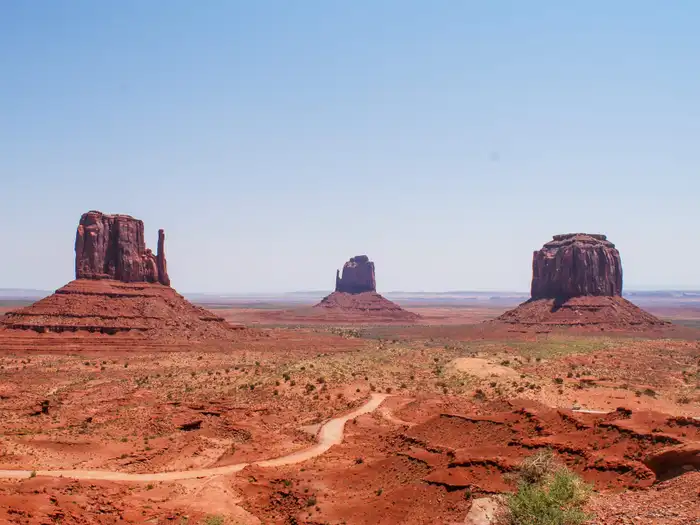
The America the Beautiful was definitely worth it for me.
Since I knew I’d be arriving at Bryce Canyon National Park early, I bought a pass online for $35.
Unfortunately, that meant I missed out on purchasing the America the Beautiful pass, which grants annual access to all the national parks for $80.
I was kicking myself since I knew I’d be visiting multiple parks on my trip. But luckily, when I went to buy my next pass at North Rim, a lovely park ranger asked if I’d visited any other parks recently.
They were able to knock the $35 I already paid off the $80 annual pass so I could use it for the rest of my trip.
Waking up early is essential for Zion National Park.

Zion was quite crowded when I visited in the summer.
The heavy crowds at Zion National Park meant it felt more like Disney World than an experience in nature at times.
I was glad I got there early (around 7 a.m.) because the park wasn’t too mobbed yet. But in hindsight, I wish I caught the quieter first shuttle at 6 a.m. because it was packed by mid-morning.
Zion-Mount Carmel Tunnel is as scary as advertised.

Mount Carmel Tunnel is a big attraction in Zion National Park.
I knew Mount Carmel Tunnel in Zion was essentially just a road blasted through a mountain pass, but it was even scarier than I expected.
Driving through the first miniature tunnel, I wondered what the fuss was about. But the big tunnel was a genuine beast, and I found the road a bit slippery and hard to navigate in my smaller car.
The narrow lanes were also a bit harrowing. I’d be wary of driving it again, especially since the precarious road usually has two-way traffic.
Altitude sickness is not to be trifled with.
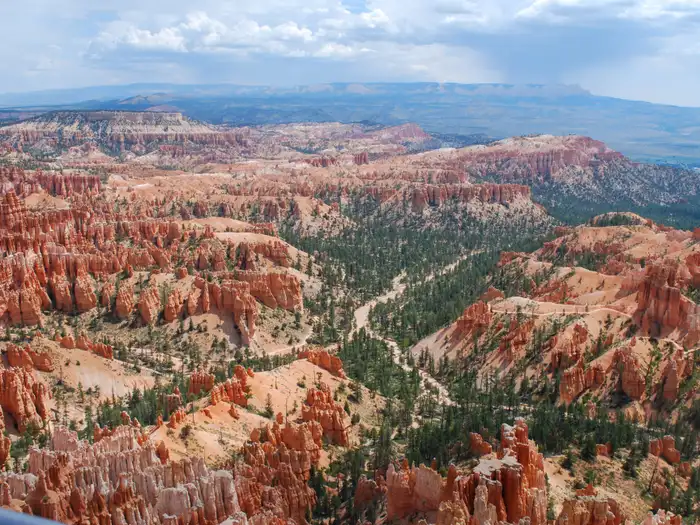
I changed elevations a few times throughout my trip.
Driving from the Navajo Nation to Moab, I suddenly became groggy.
Confused, I pulled into Monticello Utah Welcome Center, where I met a lovely lady who pointed out that I’d just climbed about 2,000 feet in elevation.
After an hour of rest, I set off again, feeling much better. But moving forward, I was much savvier about taking breaks during elevation changes to avoid any symptoms of altitude sickness.
The spaced-out gas stations weren’t as big a deal as I thought.

I typically like to have at least half a tank of gas at all times.
After a couple of years living in Australia, I’d heard horror stories of naive travelers stranding themselves in the outback. Because of this, the prospect of spaced-out gas stations made me uneasy about driving through Utah and Arizona.
Luckily, it was easy to manage. Some national parks even had fuel stations by their entrances.
I still swear by the rule of treating anything near the half-tank mark as empty, but I’m glad refueling wasn’t a big concern throughout my trip.

